Optical frequency combs are specially designed lasers that act like rulers to accurately and rapidly measure specific frequencies of light. They can be used to detect and identify chemicals and pollutants with extremely high precision.
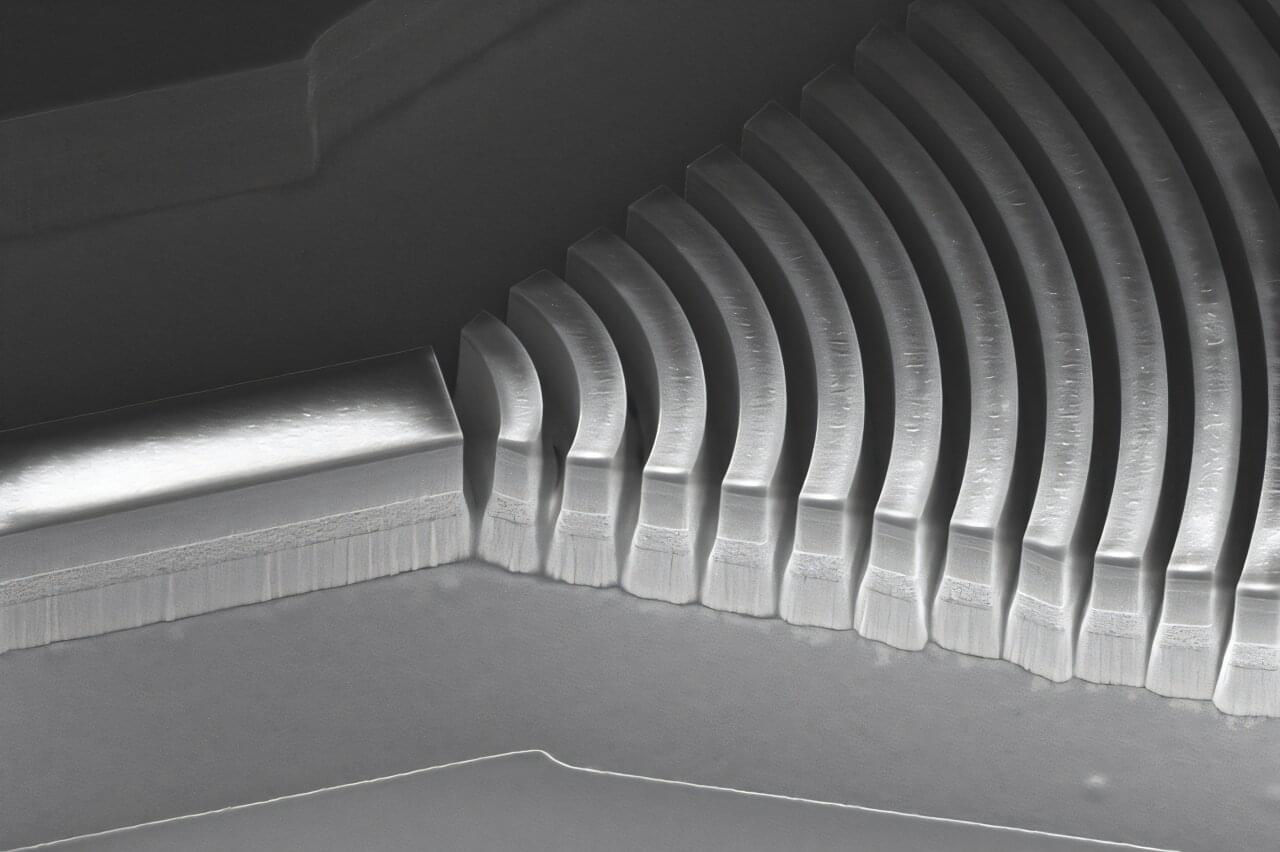

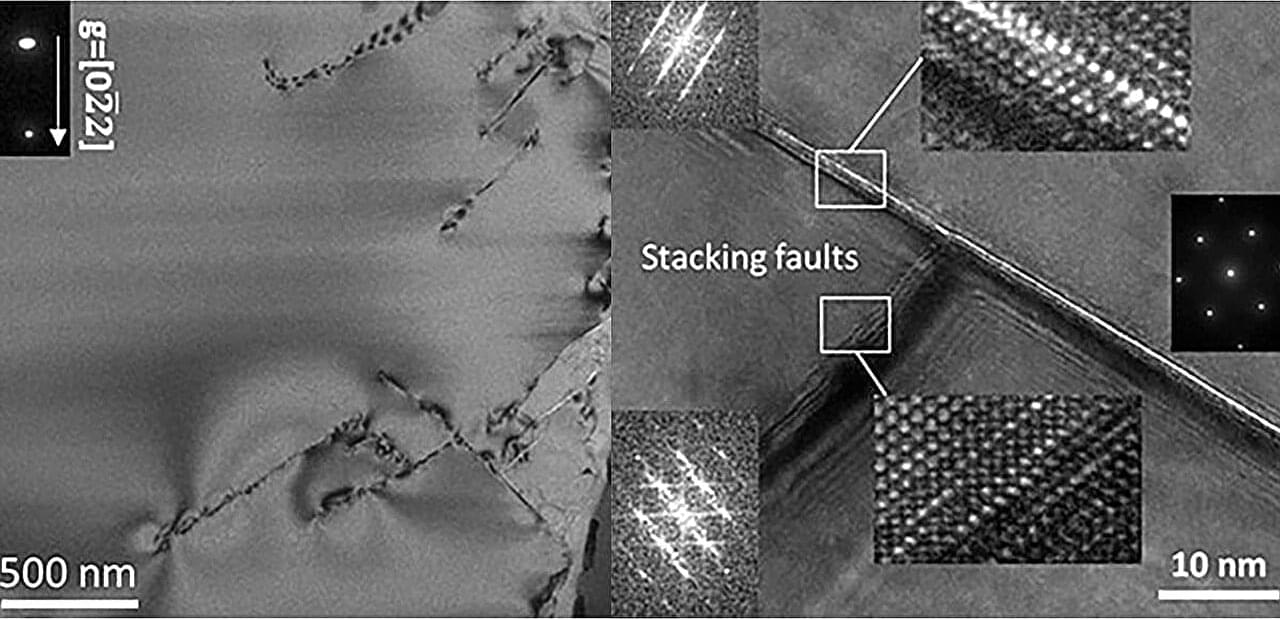
Scientists at the University of California San Diego have uncovered how diamond—the material used to encase fuel for fusion experiments at the National Ignition Facility (NIF) in Lawrence Livermore National Laboratory—can develop tiny structural flaws that may limit fusion performance.
At the NIF, powerful lasers compress diamond capsules filled with deuterium and tritium to the extreme pressures needed for nuclear fusion. This process must be perfectly symmetrical to achieve maximum energy output.
By using a high-power pulsed laser to simulate these extreme conditions, researchers found that diamonds can form a series of defects, ranging from subtle crystal distortions to narrow zones of complete disorder, or amorphization. These imperfections can disrupt the implosion symmetry, which in turn can reduce energy yield or even prevent ignition.


Everyone who ever took a photo knows the problem: if you want a detailed image, you need a lot of light. In microscopy, however, too much light is often harmful to the sample—for example, when imaging sensitive biological structures or investigating quantum particles. The aim is therefore to gather as much information as possible about the object under observation with a given amount of light.
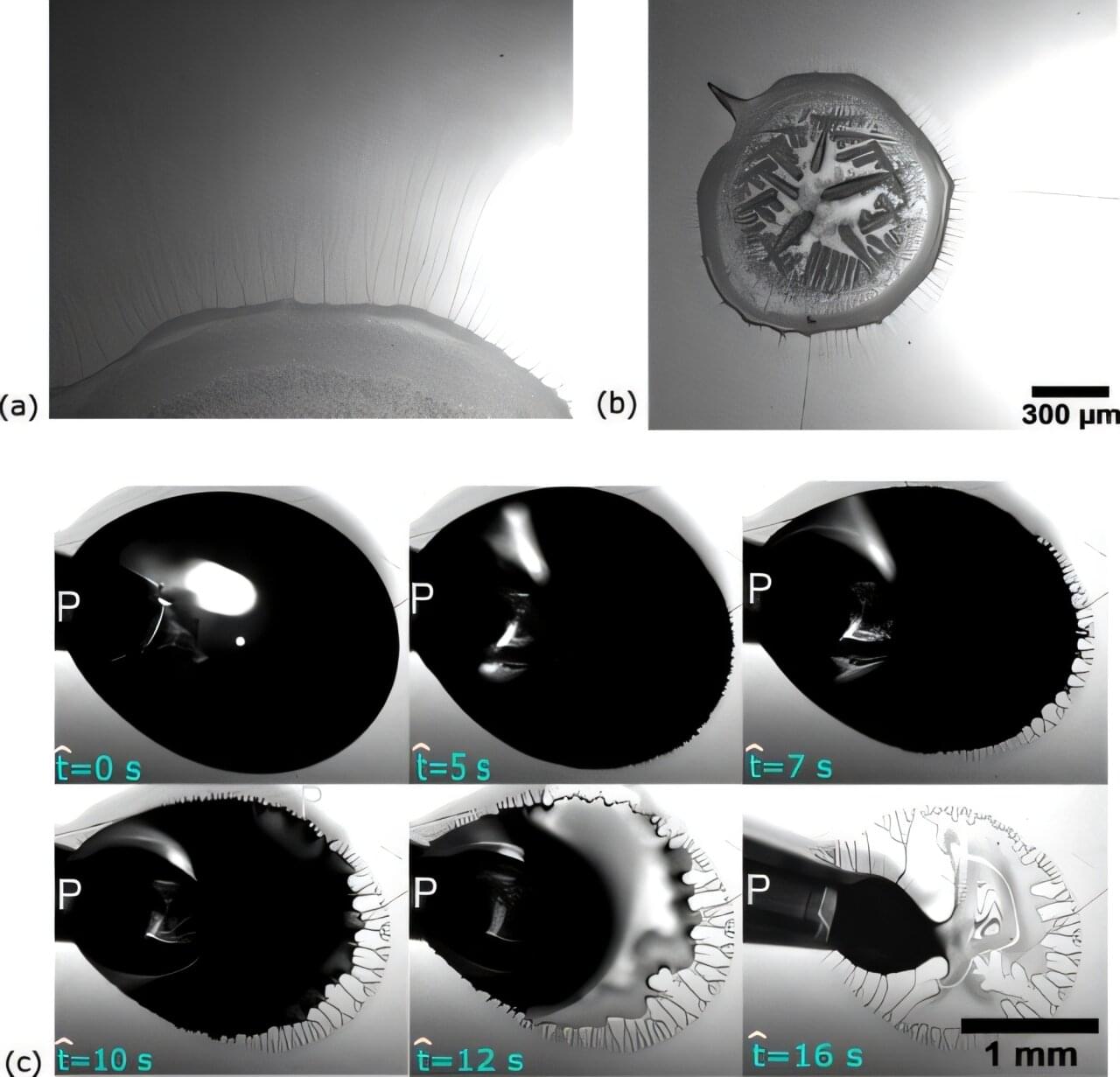
A recent Cambridge study reveals why sticky liquids don’t always spread evenly, knowledge that could help cut waste, improve product quality and make everyday technologies more reliable.
The research, led by Ph.D. student Saksham Sharma in the Particles, Soft Solids and Surfaces research group, has shown that there is a critical thickness where a retreating liquid film becomes unstable. Below this thickness, the film breaks apart and leaves evenly spaced lines of liquid as it retreats.
The study, published in Physical Review Fluids last month, highlights a delicate balance of forces. The properties of the liquid, the surface it is drawn across and the speed at which it recedes all combine to decide whether a film will stay smooth or split.

When water drains from the bottom of a vertical tube, it is followed by a thin film of liquid that can adopt complex and beautiful shapes. KAUST researchers have now studied exactly how these “fluted films” form and break up, developing a mathematical model of their behavior that could help improve the performance, safety, and efficiency of industrial processes.
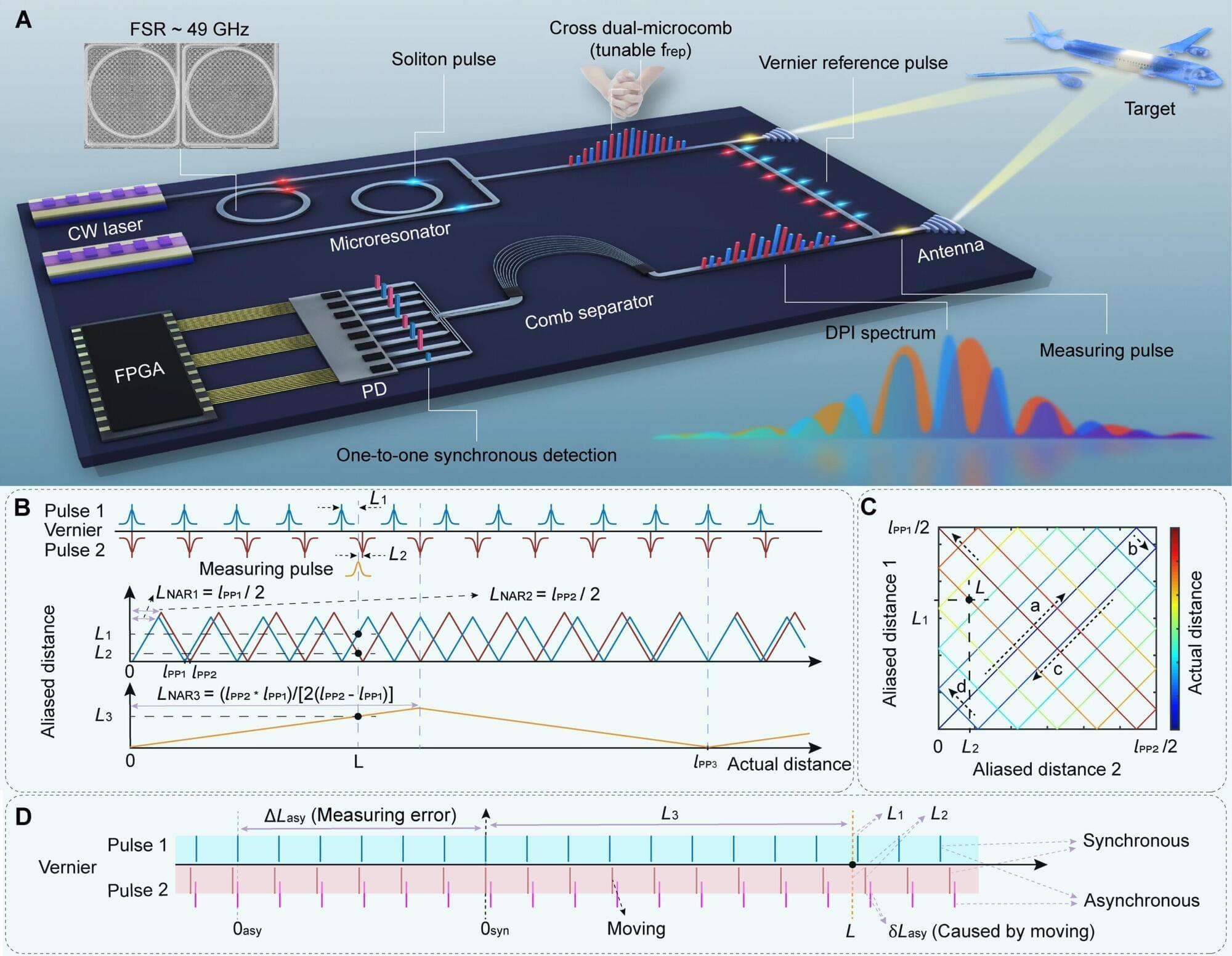
Optical frequency combs, as a time and frequency “ruler,” have important applications in precision ranging. Conventional dual-comb ranging schemes utilize the optical Vernier effect to achieve long-distance measurements, and they typically require asynchronously secondary sampling, either after changing the repetition rates or swapping dual-comb roles.
These approaches have a commonly overlooked issue: When considering real-time distance variations induced by target motion or atmospheric turbulence in practical measurement scenarios, the asynchronously secondary sampling will introduce substantial absolute distance measurement error, namely asynchronous measurement error (AME).
In a study published in Science Advances, Prof. Zhang Wenfu’s team from the Xi’an Institute of Optics and Precision Mechanics (XIOPM) of the Chinese Academy of Sciences proposed an on-chip cross dual-microcomb (CDMC) ranging method based on dispersion interferometry. This method resolves the AME issue by eliminating secondary measurements through one-shot spectral sampling of cross dual-microcomb carrying distance information in the frequency domain.
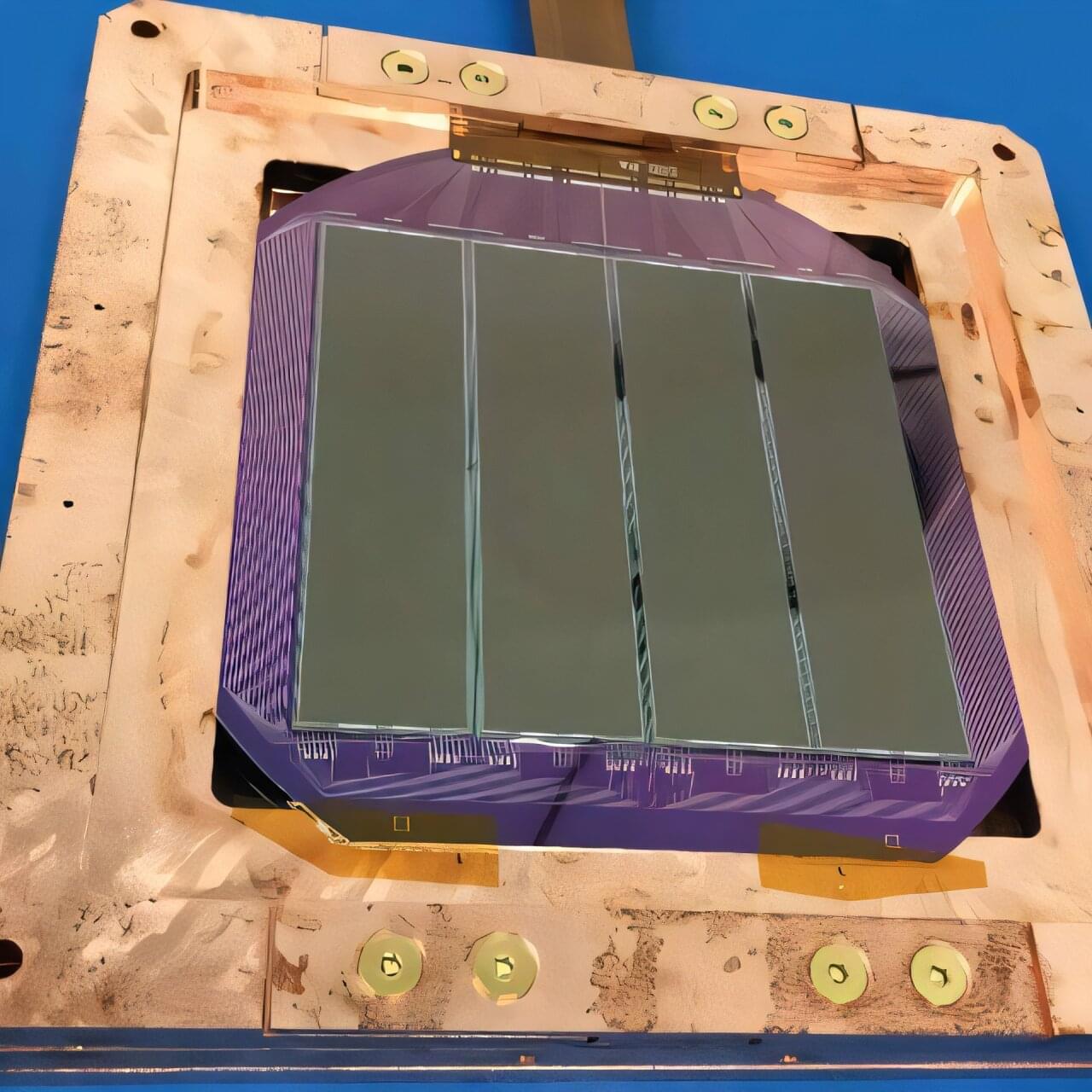
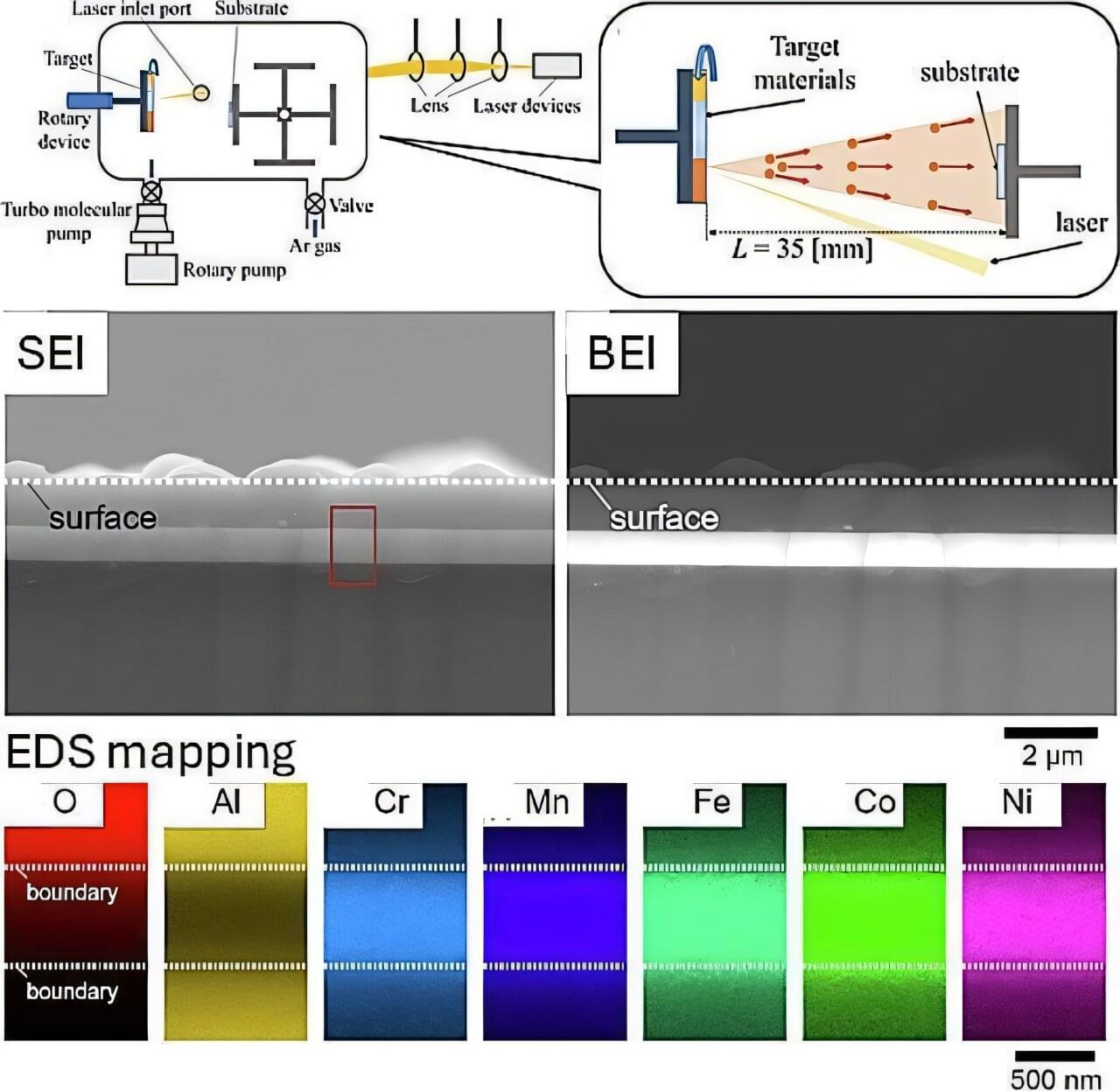
A collaborative research team has developed a novel method for forming high-performance high-entropy alloy (HEA) films on various surfaces without using expensive alloy targets. This was achieved using a proprietary rotating target composed of multiple pure metal segments and pulsed laser deposition (PLD) technology.
This method uniquely enables not only the deposition of metal atoms onto the substrate surface through laser irradiation but also their implantation into the subsurface, forming robust films that integrate with the substrate material.
Traditionally, producing HEA films requires expensive pre-made alloy targets. In contrast, the new method uses inexpensive pure metals, significantly reducing costs. The team also demonstrated precise control of film thickness and depth by adjusting the pressure during deposition.
